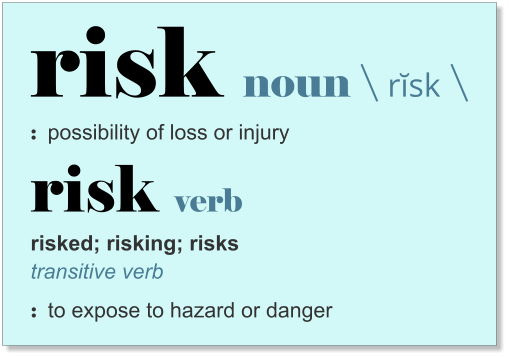Minimizing Facility Electricity Risks (Part 2)
Posted on December 26th, 2018
Facility Risk
As pointed out in Part 1 of this series, risk management is a never-ending task for facility owners and managers. The risks due to poor electric power quality and long-term outages can result in the huge financial losses, or worse, life-threatening situations. The North American Electric Reliability Corporation’s (NERC) 2018 assessment identifies the most likely and most serious risks to the electricity supply system, and the following examines options available to facility managers to mitigate those risks.
Electricity Risks
NERC identifies the following as the “higher likelihood, higher impact” risks to the electricity supply system:
- Changing resource mix (traditional baseload generation replaced by less reliable generation)
- Power system planning (proactive planning for electric reliability replaced by political and financial goals)
- Resource adequacy (the behavior and performance of new generation types is changing the behavior of the grid while making actual electrical usage difficult to determine)
- Cybersecurity vulnerabilities (bad actors who can strike via the Internet at any time)
The issues that create these risks will continue and, in some cases, may worsen with time. As a facility owner or manager, what can you do to protect operations and assets from power problems? To drive home the importance of the question, consider that the traditional utility business model is rapidly disappearing and what replaces it is unclear:
Never has health, safety, business and everyday life been so reliant upon electricity.
Never has so much of the total electrical generating capacity been owned and operated by non-utility entities.
Never has so much of the total electrical generating capacity been supplied by inverter-based technologies (e.g. wind & solar).
Never has such a high percentage of the electrical supply been provided by resources not under the oversight and control of a national reliability organization.
Managing Electricity Risks
Facility managers have four basic options to manage risks due to electricity problems:
The first option is to do nothing about the risks by continuing to purchase electricity from or through the local utility. In doing this, the facility manager accepts the business and safety risks posed by power problems such as outages, voltage issues and increasing prices. This is the traditional means for acquiring electricity, and until the past few decades, it was the only viable option available for the majority of facility managers.
The second option is the same as the first option, buying electricity from the utility, but adding equipment such voltage regulators, sag mitigators, uninterruptible power supplies and backup generators to protect against power problems. Such measures can reduce or eliminate various electricity supply problems, but they can be expensive, require a fair amount of space, increase maintenance costs and may increase electrical consumption by 10% or more.
The third option is to utilize electricity supplied by the utility as a backup or supplemental source while using one of numerous self-generation options such as wind, solar and/or combined heat and power. This increasingly popular option virtually eliminates power problems, typically reduces energy costs and can help in meeting sustainability goals. Strategies for optimizing self-generation systems include lowering energy costs, reducing emissions, increasing efficiency, eliminating power problems, maximizing electrical resiliency or some combination thereof.
Electricity self-generation is part of a widely promoted concept called “Distributed Energy Resources” (DER) which is the replacement of large central generating plants (think nuclear and big coal-fired stations) located far from the consumers’ locations with much smaller generating systems located at the point of use (e.g. a building or a campus).
While self-generation and DER have numerous financial and risk reduction advantages for facility managers, they entail all the commitments and responsibilities of owning a generating system. Fortunately, there are companies with the capabilities and resources to design, build, operate, maintain and finance self-generation systems for facilities.
Option number four, Energy-as-a-Service (EaaS), gives facilities all the electricity supply-risk benefits of self-generation while eliminating the challenges of owning and operating an electrical plant. Under this concept, an EaaS provider delivers electricity to a facility at a competitive fixed price over a predetermined number of years. The EaaS provider takes a holistic approach to a facility’s energy and electricity usage to create a “win-win” for both parties: sharing in the cost reductions it creates for the supply of reliable electricity to the facility. Frequently, reducing costs leads the EaaS provider to build and operate on-site generation or take over an existing system to supply electricity to a facility.
Offloading Facility Electricity Risks
The Equans MEP Services family of companies provide premium-quality electricity solutions for all types of commercial, industrial, institutional and multi-resident facilities. Providing Distributed Energy Resources (DER), retro-commissioning, facility management, HVAC, MEP and engineering services, fabrication, project delivery options and more, we deliver a full range of facility-related services so that you can put your facility risks and challenges in our hands.
If you’re thinking about self-generation, DER or EaaS, consider this: Equans MEP Services offers unique solutions. If you own an electrical generating or district heating plant that you don’t use or one that needs upgraded…let’s talk.
Contact the energy and facility professionals at Equans MEP Services to learn more about no risk, no responsibility cost-saving premium electricity and energy reliability solutions that require no upfront investment.
